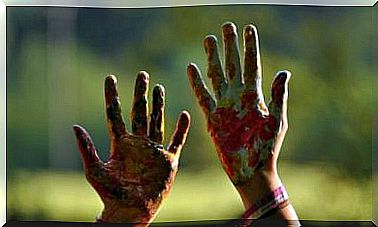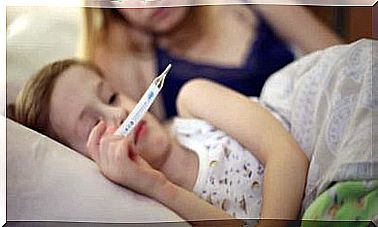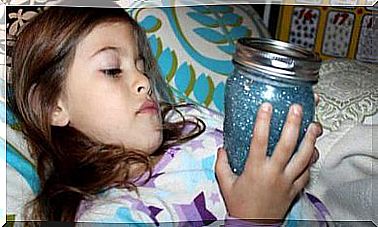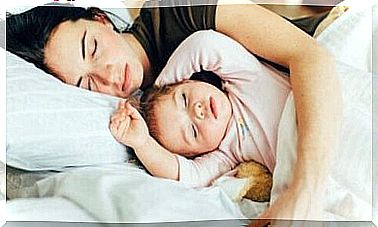Treatment Of Cesarean Section After Childbirth

Treatment of a cesarean section after childbirth is not complicated, but skin healing requires regular care. As the body forms scar tissue to heal the wound, it is important to ensure that the wound does not become inflamed and no other complications arise.
In this article, we present a few practical ways to treat postpartum caesarean section and speed up skin healing.
Treatment and healing of cesarean section
Cesarean section is a major surgical operation that takes time to recover from. Wound and tissue healing takes longer than recovery from an uncomplicated birth.
After the wound and wound closure, the mother is transferred through the wake-up room to the ward. At this point, the new mother finds that the caesarean section is covered with wound tape, which is removed about two days after surgery.
The wound heals on the surface in a few weeks, during which time the woman must monitor the wound area for bleeding or wound opening. During the first days, the wound covering should be changed regularly to prevent inflammation. After about two days, continuous covering of the wound is no longer necessary.
In general, wounds heal faster when you breathe. Wound dressing can accumulate moisture on the skin, creating an environment conducive to the growth of microbes and pathogens.
Due to the higher-than-normal postpartum sweating, bleeding, and secretion of milk, it is important for the new mother to take care of her hygiene and take a shower every day. It is recommended to rinse the wound lightly while washing with warm water. Scented shower soaps, exfoliating agents and antibacterial soaps can irritate the skin and their use is not recommended.
Washed skin should be dried carefully and thoroughly. The wound area should not be rubbed, but should be patted dry with a clean towel or cloth. Moist skin can act as a breeding ground for bacteria and other pathogens.
When washing and drying the skin, sudden movements that strain the abdominal muscles should be avoided. Any injury or strain on the abdominal area can delay healing.
The resulting scar is normally flat and pink. About five percent of women who undergo caesarean section develop a keloid, meaning the scar grows disproportionately to their environment. This is why it is important for a woman to undergo regular health checkups after a section. The doctor recognizes a possible scar overgrowth and is able to instruct in the treatment of the scar.
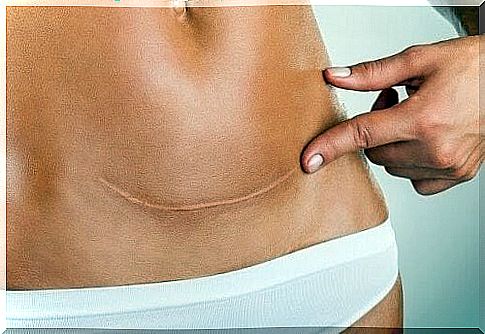
Skin care during pregnancy
To make the treatment of the cesarean section as easy as possible and to reduce the risk of scar hyperplasia, it is advisable to start the preparation and treatment of the skin already during pregnancy.
It is advisable to apply a moisturizer or aloe vera cream daily to help the skin maintain its elasticity. This prevents the skin from cracking and helps in scar formation after the section.
Diet during pregnancy can also affect the condition of the skin. The expectant mother needs to eat plenty of protein and remember to enjoy enough water. In addition to this, eating fruits and vegetables strengthens resistance and prevents constipation.
Leave the wound uncovered to speed healing
During the days following surgery, the cesarean wound is covered with wound tape, but after about two days, continuous covering of the wound is no longer necessary. Wound dressing can create a moist microclimate on the skin, which slows down the healing process and creates a favorable environment for the growth of microbes and other pathogens.
The more the wound is allowed to breathe, the easier and faster it will heal. However, clothing can rub against the skin and cause irritation to the wound environment. Thus, especially when leaving home, the wound can be protected with a light gauze that is fixed with skin tape.
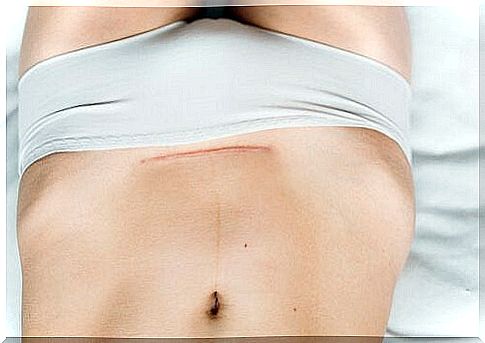
Prefer soft cotton clothes
During the recovery process, you will feel more comfortable wearing soft and light clothes, preferably made of cotton. Thick clothing and synthetic fabrics can accumulate moisture in the abdominal area, exposing the wound to microbes. If the weather is cold, wear a cotton undershirt under thicker clothing.
The most important thing is to make sure that the fabric in contact with the skin does not interfere with the scarring of the wound or cause an allergic reaction. Every person is different and every body heals at its own pace. As you take care of your caesarean section, listen to your body and pay attention to your own needs.
